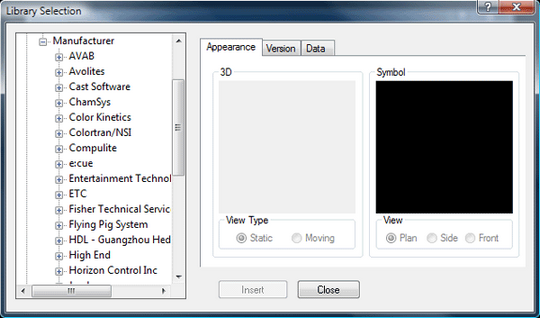
Click File > Save, choose a location to save the file, type a file name, and then click Save. (Note that the Zoom Fit or Zoom Fit All commands will not work since you have not drawn anything yet.)ġ0. Zoom out to see the entire floorplan once again.

Result: The view scales according to the dimension that you entered.ĩ. In this example, as shown on the floorplan image, the wall is 104’ long, so I will enter that value here: Result: A window appears prompting you to enter the length of the dimension you just defined. Again, ensure that you zoom in as much as possible to define this point properly. Zoom out, and then zoom in on the other corner of the wall and click to set the end point of the dimension. Doing so provides greater measuring accuracy by ensuring that the dimension line is straight when you scroll over to the other end of the wall.ħ. Click Tools > Orthographic Mode > X Axis to enable ortho for the X axis. Note in the screenshot below how I carefully positioned the cursor at the exact starting point of the line representing the wall of the venue.Ħ. In this example, I chose the bottom side of the venue. Note: It makes no difference which venue dimension/side you choose to define, as long as you know what that dimension is. For greater accuracy, zoom in on one of the venue’s sides or corners and click to set the starting point of the dimension. Result: The floorplan image appears and Vivien prompts you (in the bottom left corner of the window) to click the starting point of the area that you are going to measure (the Dimension).ĥ. Result: A message appears asking you to define a known length in the floorplan that you are importing. (Note that Vivien only lists the types of files that it can import: PDF, BMP, JPG, PNG, GIF, TIF, and TGA.)

Navigate to the location where the floorplan image is stored, select the file, and click Open. Importing the image/floorplan into Vivienģ. The squares around the doors and running down the length of the room represent floor-to-ceiling columns.ĥ.
CAST WYSIWYG USER GUIDE WINDOWS
The windows start 3’ off the floor, and are 8’ wide and 12’ tall. The distance between the windows is 12’.Ĥ. The dotted lines represent windows along the side walls of the venue.

In addition to the details shown in the image, the following information is known:ģ. While this tip features a rather simple venue, you can use the steps below in all cases.
CAST WYSIWYG USER GUIDE HOW TO
In this tip you will learn how to import a floorplan image, scale it properly, and then use it to build the venue. Note that the imported floorplan will not appear on any Vivien printouts it is simply meant to be a drawing aid, similar to using tracing paper to make a copy of a drawing. You can then use the image as a visual guide when drawing the venue with Vivien’s drawing and object modification tools. You can easily import such an image into Vivien’s Drawing Wireframe (Plan View). Naturally, the image has to be drawn to scale (i.e., a 50’ wall and a 100’ wall have to be represented by lines of different, proportionate lengths) and at least one dimension in the drawing should be known (i.e., “the ‘east’ wall is 86’ long”). The Import Floorplan feature is extremely useful when a CAD file of the venue for your upcoming event is not available, and all you can get your hands on is a.


 0 kommentar(er)
0 kommentar(er)
